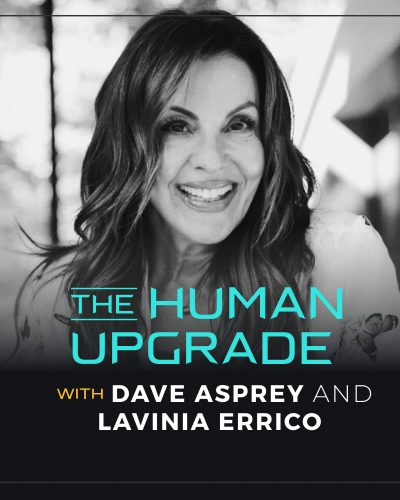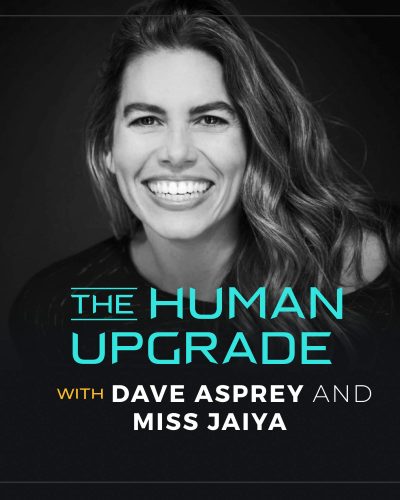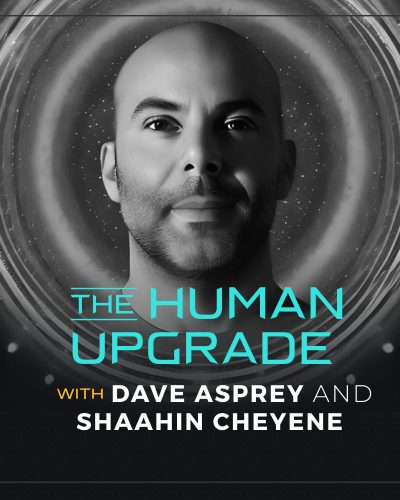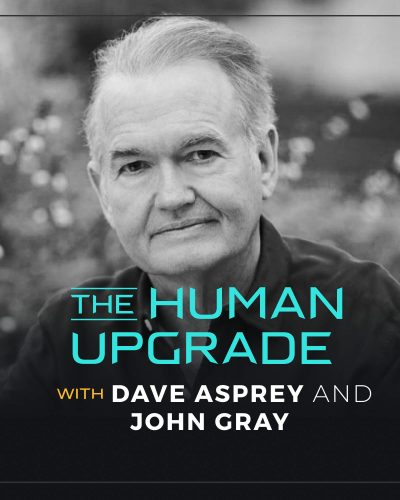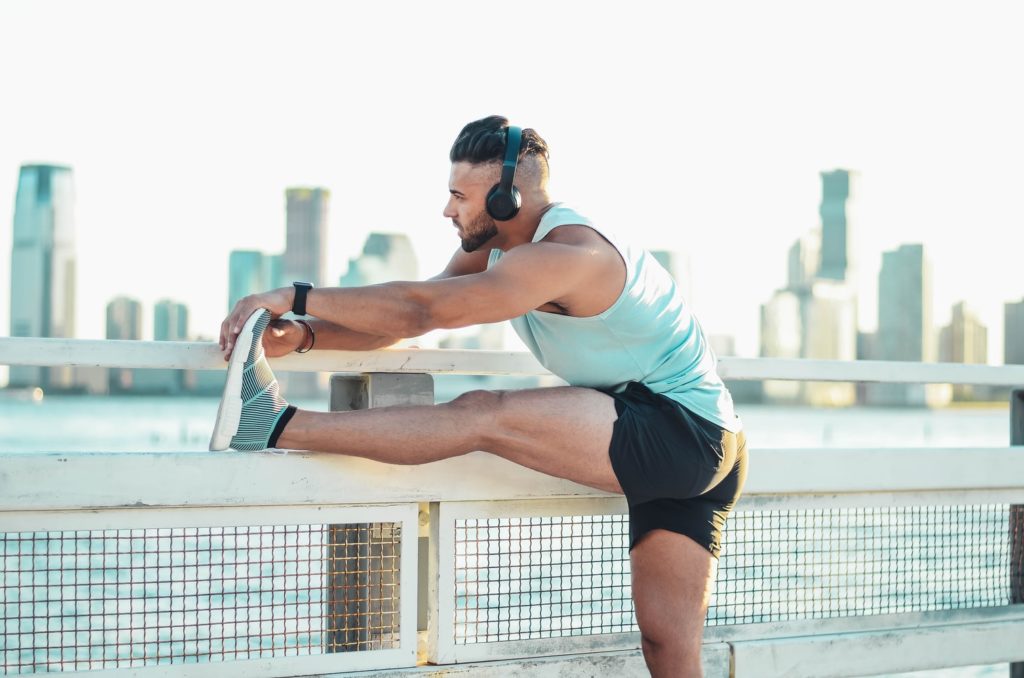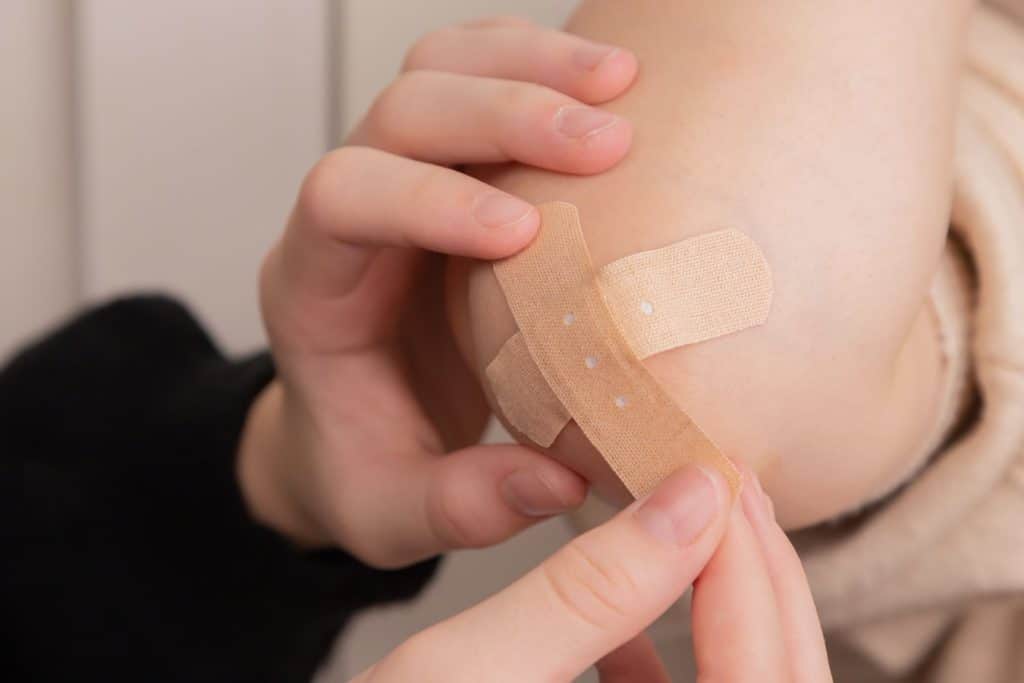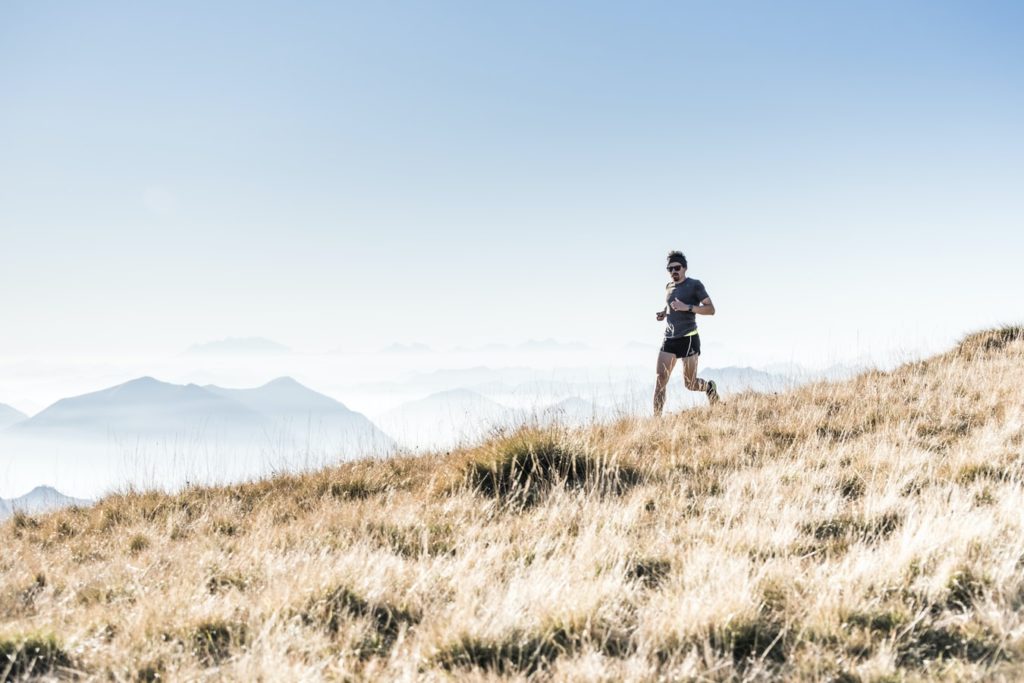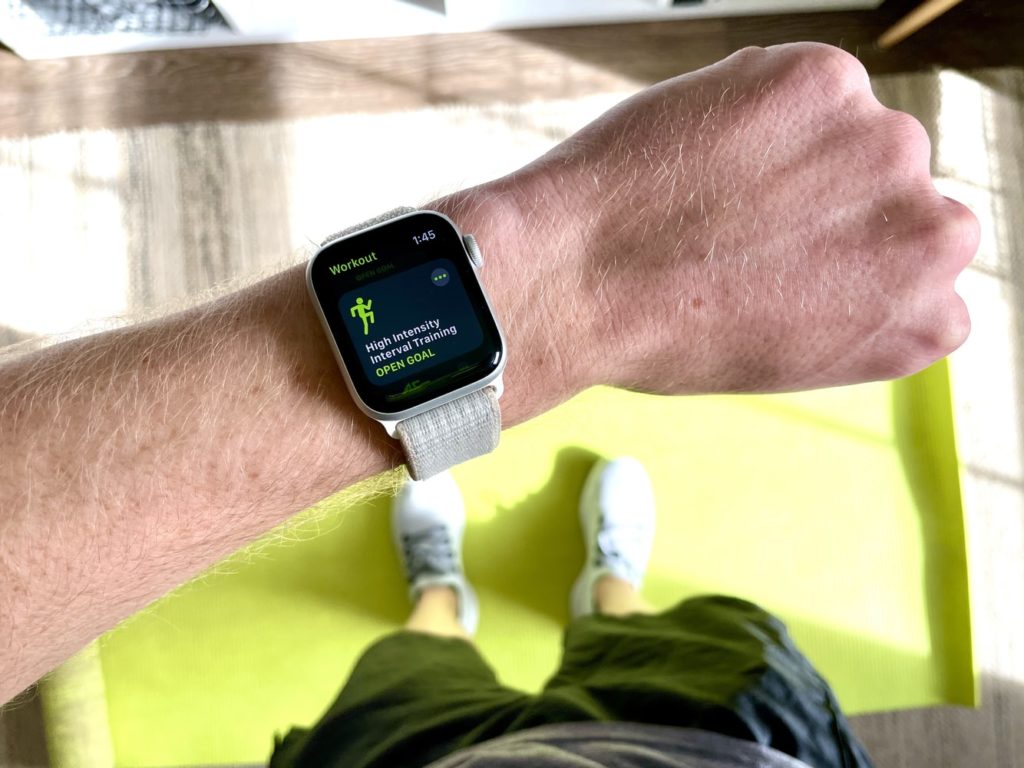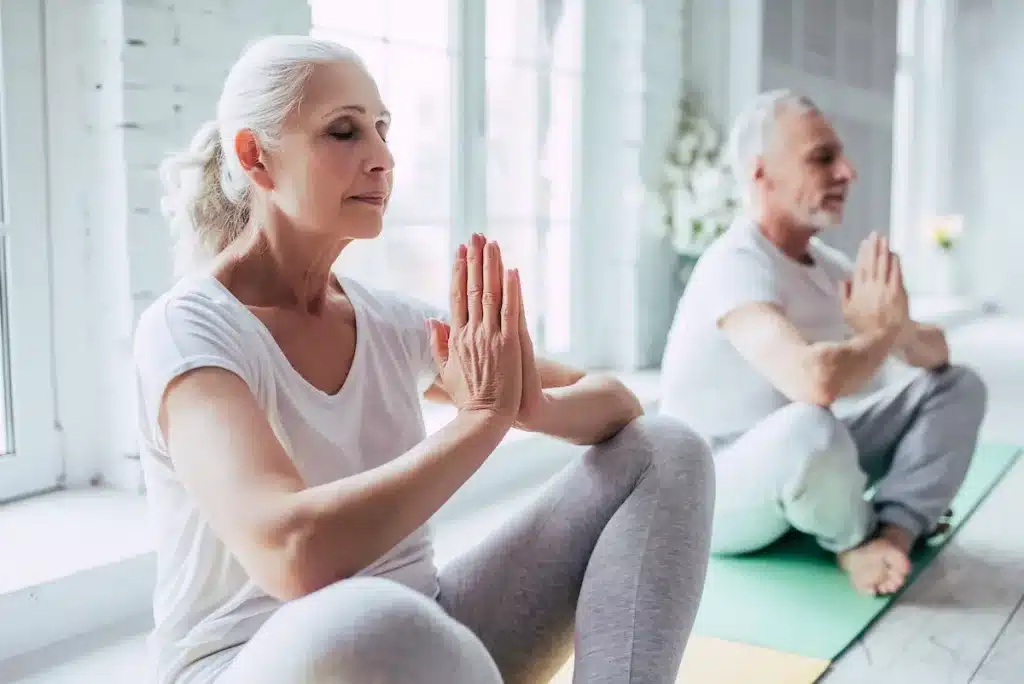In this Episode of The Human Upgrade™...
…urologist, surgeon and age medicine specialist Dr. Paul Thompson discusses the challenges men can experience with their sexual health, energy and performance.
Erectile dysfunction happens to men at all ages and is actually quite normal.
Causes can be physical, and hormones play a role. Nutrition or exercise habits may be culprits. And state of mind factors in.
Dr. Thompson shares his clinical expertise on how getting to the root of what’s going on with men’s sexual functioning will not only improve erectile dysfunction but also support other critical areas of men’s health.
You could take all the testosterone you want, but if you have certain conditions, ultimately, it's not going to help and you have to do things to improve the quality of your erections.
Paul Thompson, M.D.
The conversation looks at the pros and cons of eating meat, what your cholesterol numbers really mean, and why cardiovascular health matters at every age.
Guys, listening to this, if your doctor isn’t asking you for Lp-PLA2, which is an enzyme that’s expressed when there’s damage to your arteries, then you have a problem. If they aren’t looking at C-reactive protein, you have a problem; and if they’re not looking at homocysteine, you have a problem. So, you could ask your doctor for them or you could ask your doctor, “Hey, what do you know about these?”
You’ll also find out why oral health is so important and why you have to pay attention to your nitric oxide production.
Dr. Thompson talks about the at-home device he helped develop at Launch Medical (he’s chief medical officer there) that’s pioneering a solution for erectile dysfunction. It’s based on clinical acoustic wave therapy treatment. “Acoustic wave is really simple and it works, and it has to do with the growth of blood vessels,” he explains. The Phoenix device helps men improve and/or restore their sexual functioning.
Guys and women who love guys or guys who love guys, this thing is real technology. It does work, it is not too good to be true, and it’s worth talking about.
This conversation takes any embarrassment or shame out of the ED equation and gets into the details of plaque, blood flow and how you can find a fix and reclaim your sexual health.
SPECIAL OFFER FOR THE HUMAN UPGRADE LISTENERS: Visit https://getmyphoenix.com/dave and use code DAVE100 to save $100.
Enjoy the show!
LISTEN: “Follow” or “subscribe” to The Human Upgrade™ with Dave Asprey on your favorite podcast platform.
REVIEW: Go to Apple Podcasts at daveasprey.com/apple and leave a (hopefully) 5-star rating and a creative review.
FEEDBACK: Got a comment, idea or question for the podcast? Submit via this form!
SOCIAL: Follow @thehumanupgradepodcast on Instagram and Facebook.
JOIN: Learn directly from Dave Asprey alongside others in a membership group: ourupgradecollective.com.
- Our Partners
- Links & Resources
- Key Notes
Sleep Better on Natural Memory Foam:
https://myessentia.com, use code DAVEVIP to get an exclusive discount
Control Blood Glucose:
https://pendulumlife.com, sign up for membership to get monthly supply delivery, use code DAVE20 to save $20 on your first shipment
Subscription Box for Biohackers:
Each season (and limited editions, too!) discover and enjoy innovative wellness products, hand-curated by Dave Asprey, that you may not find anywhere else. https://daveaspreybox.com
Launch Medical
Website: getmyphoenix.com/
The Phoenix QUIZ: getmyphoenix.com/quiz#1
Instagram: instagram.com/getlaunchmedical/
YouTube: youtube.com/c/LaunchMedicalMedia/featured
Related Podcast: SEXUAL ENERGY SERIES-2: How to Boost Blood Flow for Better Erections – Launch Medical – #788
Dr. Paul Thompson
Website: thethompsonclinic.com/
- As a doctor, as a urologist, did they train you on this in medical school? – 4:32
- Some things we can do on our own and some things we can use the Phoenix to help us with. – 6:43
- Vascular disease is systemic. We’re treating it locally because there’s marked improvement, but, at the same time, I encourage my patients to use testosterone for the endothelial benefits. – 13:16
- I started talking about acoustic wave therapy and about the Phoenix, specifically, get it and they’re seeing changes. These are not people with plaque. In fact, they’re not even people with erectile dysfunction, but they’re seeing noticeable changes because of neurogenesis. – 19:33
- Once the vessel, the intima, increases, that’s an indication of damage and that leads to poor quality erections. – 22:59
- Oral health is the start probably of cardiovascular disease, maybe through C-reactive protein, but there’s some other things that are really important when we’re talking about performance, erectile dysfunction, and plaque. – 29:53
- Do you worry about total cholesterol if HDL is high and triglycerides are low? – 32:28
- How we can get our nitric oxide to go into our vascular system instead of into the inflammatory system? – 41:39
- Your DNA does not predict your destiny, and that we use things like epigenetics to affect DNA and go in and do things. – 43:06
- A lot of those are endocrine disruptors directly that inhibit testosterone. So even if they don’t mess up your gut bacteria, they’re still keeping you from getting a hard on. – 48:45
- Acoustic wave treatment, that’s where all the vascular properties were first discovered and the guy who did a lot of that work was one of my early partners in another shockwave company that was kidney stones. – 59:10
- How many sessions of the Phoenix does it take for the average person to see results? – 1:04:32




